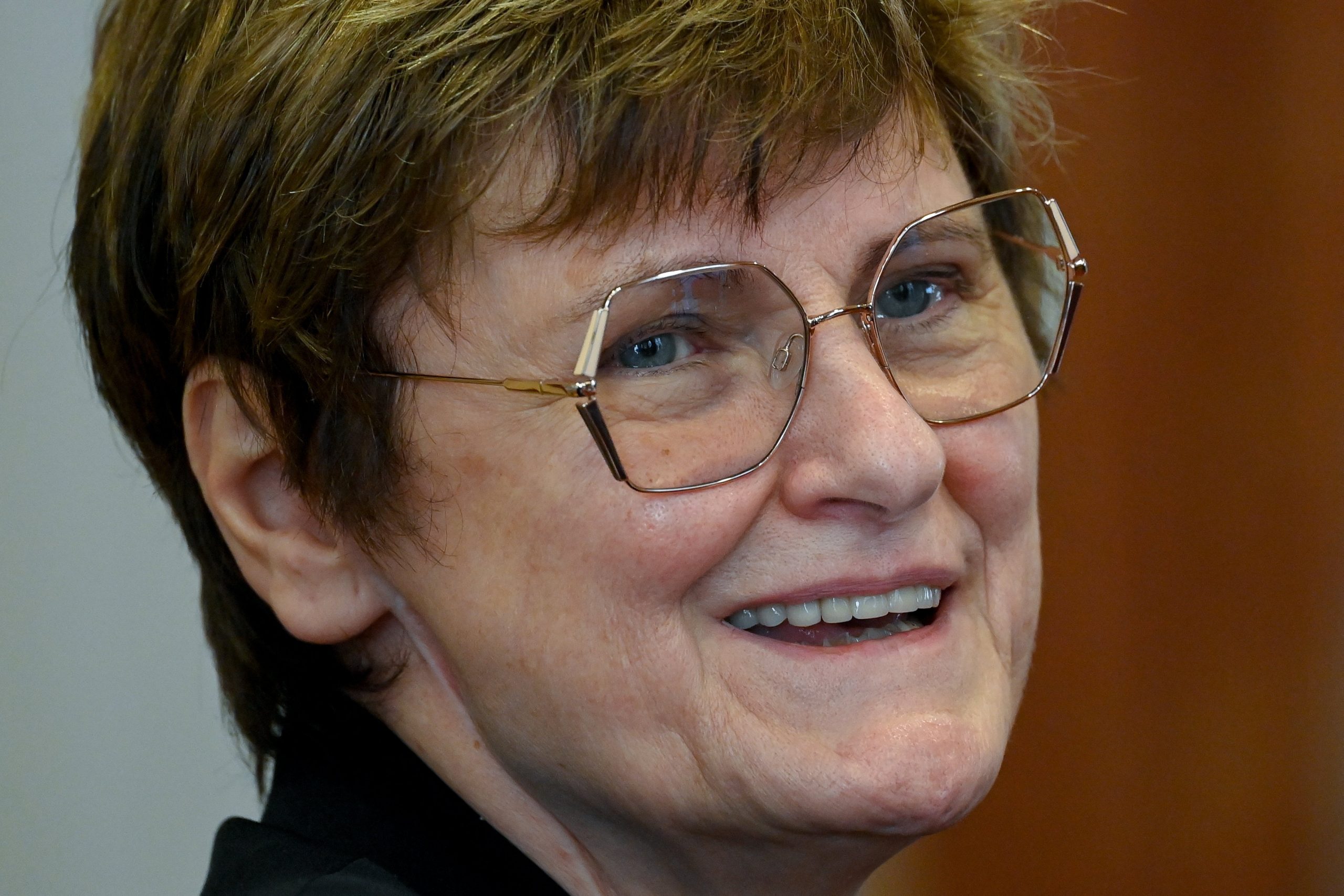
Who exactly is Katalin Karikó and where does this humble, modest 'genius' come from?Continue reading

Katalin Karikó’s name may be known worldwide for the mRNA vaccines she developed against COVID, but she has actually been working on the technology for decades and researching it with her colleagues for a very long time. The blocking of her career could be an example of how the current method of funding scientific research is wrong, points out American publicist Stuart Buck, whose recent article on the subject appeared in Statnews. He even named the problem after the Hungarian-born researcher Katalin Karikó.
This article was originally published on our sister-site, Ungarn Heute.
U.S. research funding lacks creativity and flexibility, because the basic principle by which it operates today is to “fund people not projects,” i.e. fund the best researchers and do not distribute the money for smaller projects, begins publicist Stuart Buck’s article on research funding in Statnews.
But that raises a question, according to the author: “What about the researchers who are brilliant but are not part of the American scientific community?”.
The academic career of Katalin Karikó is the best example of this problem, which is why the American publicist calls it the ‘Karikó problem.’
The now-celebrated Hungarian scientist is one of the inventors of the mRNA technology that enabled U.S. pharmaceutical company Pfizer, and German biopharmaceutical company BioNTech to develop a vaccine against the coronavirus in less than a year, and was instrumental in combating the epidemic. But Katalin Karikó was not always as successful as she is today.
One of her former colleagues wrote, “…by the time I joined the lab, Karikó’s history was still only discussed in hushed tones as a cautionary tale for young scientists.” Karikó herself has said that after such a demotion, it’s common to “just say goodbye and leave because it’s so horrible.”
Karikó’s first mRNA therapy grant application was rejected in 1990, then came rejection after rejection. “I kept writing and improving the concept – better RNA, better lecturing,” Karikó said in an interview. “I applied, again and again, trying to get government funding or private support from investors – all of them rejected,” German Business Insider reports.
That was mostly due to hard work without a single day off, sometimes sleeping in the lab, she admitted.
The university finally gave her an ultimatum: if she continued her work on mRNA, she would lose her position as a lecturer and face a severe pay cut.
Despite the demotion, she continued her research and was fortunate to meet Drew Weissman in 1997, a respected immunologist with considerable financial backing who took an interest in her endeavor.
In 1985 she moved with her family to the United States and worked at Temple University in Philadelphia; four years later she moved to Pennsylvania University.
Karikó had great difficulty generating funding for her research because the topic she focused on, using mRNA to create new vaccines and drugs for chronic diseases, was not as popular as one might think today. A major hurdle in her research was the severe immune system inflammatory response that occurred in mammals after they were injected with the mRNA, which made human trials impossible.
Weissman was intrigued and asked Karikó to come work in his lab. Eventually, the pair figured out how to modify mRNA just enough that it would still work, but without triggering the body’s immune system to kill off the molecule first. That led to their groundbreaking 2005 paper (which, by the way, was recognized as groundbreaking only in retrospect: at the time it was “summarily rejected” by the prestigious journals Nature, and Science, with Nature commenting that it was just an “incremental contribution”).
It is a miracle that Karikó stuck in academia for so long after being treated this way,”
the author continues. According to Buck, this is precisely why we should worry about the invisible Karikós: the people with good ideas that weren’t popular at the time, and then dropped out of academia. It’s unlikely that she was the only person in the world who had an interesting idea in 1985 which could have turned into a groundbreaking discovery over the next few decades.
And this is the “core of the Karikó problem:” it took a fatal coincidence, a small miracle, for the Hungarian scientist not to get lost, but to find her way into the center of American scientific life. Buck concludes by asking whether or not the principle of “fund the person, not the project” is correct. According to the author, the solution is not to abandon the principle of funding talent rather than projects, but to relax it. Many more researchers should be funded, including those who, according to the scientific consensus, are doing something that does not seem to have a future at that moment.
Featured image via Zsolt Czeglédi/MTI